Home>diy>Building & Construction>What Does SD Stand For In Construction
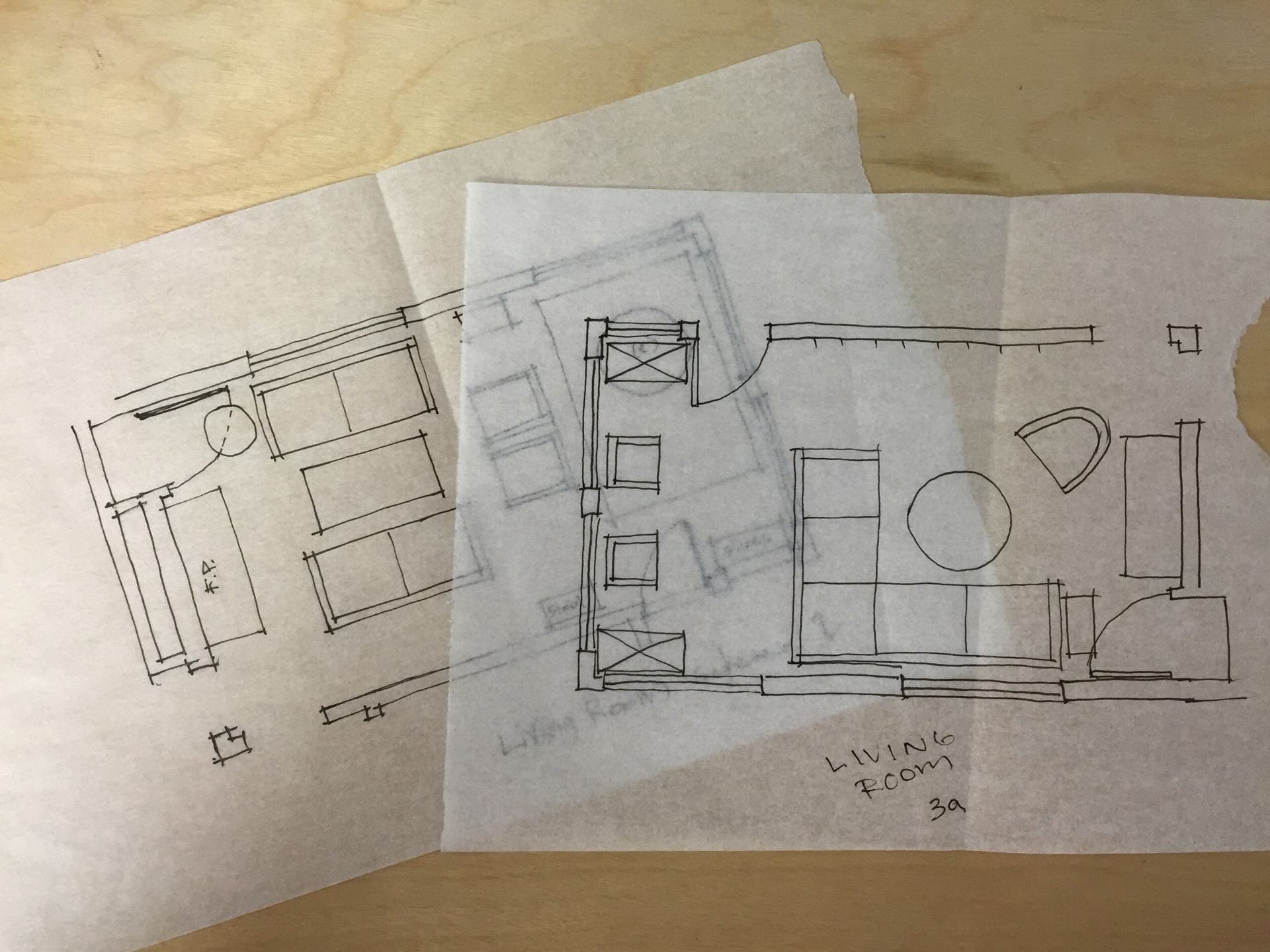

Building & Construction
What Does SD Stand For In Construction
Modified: December 7, 2023
Discover the meaning of SD in construction and its significance in building-construction projects. Learn how SD impacts the construction process and ensures safety and efficiency.
(Many of the links in this article redirect to a specific reviewed product. Your purchase of these products through affiliate links helps to generate commission for Storables.com, at no extra cost. Learn more)
Introduction
Building construction is a complex industry that encompasses a wide range of specialized knowledge and terminology. For those who are new to the field or unfamiliar with construction jargon, navigating through the various acronyms and abbreviations can be overwhelming. One common abbreviation that often pops up is “SD,” which can have different meanings depending on the context.
In the construction industry, the acronym “SD” can stand for various terms, such as structural design, sustainable design, standard deviation, seismic design, site development, and safety data. Each of these meanings plays a significant role in the construction process and has its own unique implications.
In this article, we will dive into the different meanings of “SD” in the construction industry, providing an overview of each term to help you better understand their relevance in building construction.
Key Takeaways:
- “SD” in construction can mean structural design, sustainable design, standard deviation, seismic design, site development, and safety data. Understanding these concepts is crucial for safe, sustainable, and efficient construction practices.
- Each “SD” concept plays a significant role in the construction industry, contributing to the success of construction projects. Embracing innovation and integrating these principles is essential for delivering high-quality, safe, and environmentally conscious buildings.
Read more: What Does PR Stand For In Construction
Definition of SD in Construction
When it comes to construction, the term “SD” refers to a wide range of concepts and disciplines. Let’s explore some of the most common meanings of “SD” in construction:
Structural Design
One of the primary meanings of “SD” in construction is related to structural design. When architects and engineers work on designing a building, they must consider various factors to ensure that the structure is safe, stable, and able to withstand the loads it may be subjected to. Structural design involves analyzing the forces that act on a building, determining the materials and components that will be used, and designing the structural elements accordingly. Structural design aims to create a framework that can support the building’s weight, resist external forces such as wind and seismic activity, and provide a safe environment for occupants.
Sustainable Design
In recent years, there has been growing awareness of the environmental impact of the construction industry. As a result, sustainable design (SD) has become an essential aspect of modern construction practices. SD focuses on minimizing the negative environmental effects of buildings through the use of energy-efficient materials, renewable energy sources, water conservation strategies, and waste management systems. Sustainable design takes a holistic approach, emphasizing the importance of reducing a building’s carbon footprint and promoting environmental stewardship.
Standard Deviation
Standard deviation (SD) is a statistical term used in construction to analyze data and measure variability. In the context of construction quality control, SD is often used to evaluate the consistency and precision of measurements or test results. By calculating the SD, construction professionals can assess the reliability of data and make informed decisions based on the level of variability present.
Read more: What Does BIM Stand For In Construction
Seismic Design
In regions prone to earthquakes, the concept of seismic design (SD) becomes crucial. SD focuses on designing structures that can withstand seismic forces and minimize the damage caused by earthquakes. Engineers consider factors such as soil conditions, building materials, and structural components to ensure the building’s ability to withstand lateral forces and ground motion.
Next, we will explore additional meanings of “SD” that are relevant in the construction industry.
Common Meanings of SD in Construction
Throughout the construction industry, the acronym “SD” can have various other meanings, including:
Site Development
In the context of site development (SD), the term refers to the process of preparing a piece of land for construction. This includes activities such as grading, excavation, utilities installation, road construction, and landscaping. Site development ensures that the land is properly prepared to accommodate the proposed building and creates a safe and functional environment for construction activities.
Safety Data
Another meaning of “SD” is safety data. In construction, safety is of paramount importance. Collecting and analyzing safety data helps identify potential hazards, assess risks, and implement appropriate measures to ensure the well-being of construction workers and the general public. SD in the context of safety often involves the documentation and analysis of incident reports, near-miss reports, and safety performance metrics.
These are a few more common meanings of “SD” in the construction industry. It is important to note that the interpretation of “SD” may vary depending on the specific context and industry. Therefore, it is always essential to consider the context in which the acronym is used to fully grasp its intended meaning.
Read more: What Does Sd Mean On A Whirlpool Washer
Structural Design
Structural design is a crucial aspect of the construction process that involves the planning and creation of the framework for a building or structure. It encompasses the analysis, calculation, and selection of structural elements, materials, and systems to ensure the stability, integrity, and safety of the structure.
The primary objective of structural design is to create a system that can support the intended loads and forces the building will experience throughout its lifespan. This includes not only the weight of the building itself but also external forces such as wind, seismic activity, and live loads from occupants and equipment.
When undertaking a structural design, a thorough understanding of the site and its conditions is necessary. Factors such as the soil type, geotechnical properties, and environmental considerations can significantly impact the design and construction process.
Structural engineers work closely with architects, contractors, and other professionals to develop a design that balances aesthetics, functionality, and structural integrity. They utilize their expertise in physics, mathematics, and engineering principles to analyze the forces acting on the structure and determine the appropriate materials and configurations that can withstand these forces.
The design process typically involves a series of steps, including:
- Developing a conceptual design: This phase involves brainstorming and generating ideas for the overall structure’s form and layout.
- Structural analysis: Engineers perform complex calculations and simulations to evaluate the structure’s strength, stiffness, and stability. This step ensures that the design meets safety codes and regulations.
- Selecting structural systems: Based on the analysis results, engineers determine which structural systems (such as steel, concrete, or wood) and components (such as beams, columns, and foundations) are best suited for the project.
- Detailing and documentation: Engineers create detailed drawings and specifications that guide the construction phase. This includes providing precise measurements, materials specifications, and construction details.
- Collaborating with other professionals: During the design process, structural engineers collaborate with architects, electrical and mechanical engineers, and other relevant professionals to ensure that the design integrates seamlessly with other building systems.
Structural design is an evolving field, with advancements in technology and materials leading to innovative solutions and approaches. Incorporating sustainable design principles, such as using recycled materials or implementing energy-efficient systems, is becoming increasingly important in modern structural design.
Ultimately, a well-executed structural design lays the foundation for a safe, durable, and aesthetically pleasing building that can withstand the test of time.
Sustainable Design
In today’s world, sustainability has become a crucial consideration in every industry, including construction. Sustainable design (SD) in construction focuses on creating buildings and structures that have minimal negative impact on the environment and promote long-term environmental, economic, and social well-being.
The principles of sustainable design aim to reduce resource consumption, minimize waste, and increase energy efficiency throughout the entire lifecycle of a building. This encompasses various aspects, including the design, construction, operation, and ultimately, the demolition or repurposing of the structure.
SD takes into account several key factors:
Energy Efficiency:
Energy-efficient design is a fundamental aspect of sustainable building practices. This involves maximizing natural lighting, optimizing insulation, using energy-efficient appliances, and incorporating renewable energy sources like solar panels or wind turbines. By reducing energy consumption, sustainable buildings can provide significant financial savings while reducing their carbon footprint.
Water Conservation:
Efficient water usage and management are critical in sustainable building design. Implementing water-saving fixtures, such as low-flow toilets and faucets, rainwater harvesting systems, and greywater recycling, can contribute to significant water conservation. Additionally, designing landscaping that requires minimal irrigation and incorporating water-efficient irrigation systems can further decrease water usage.
Read more: What Does Sd Mean On Maytag Washer
Materials Selection:
Sustainable materials selection is crucial in reducing the environmental impact of construction. It involves choosing materials that are locally sourced, have a low embodied energy, and are recyclable or made from recycled content. Using sustainable materials not only reduces waste but also supports the local economy and reduces transportation emissions.
Waste Management:
Sustainable design also encompasses effective waste management practices. This involves implementing strategies to reduce construction waste, such as recycling and reusing materials, and integrating waste management systems into the building’s design and operation.
Indoor Environmental Quality:
SD prioritizes creating a healthy and comfortable indoor environment. This includes optimizing natural ventilation, using non-toxic building materials, and providing adequate daylight and thermal comfort. By enhancing indoor air quality and occupant comfort, sustainable buildings contribute to the well-being and productivity of its occupants.
Sustainable design goes beyond the environmental aspect and also considers social and economic considerations. It aims to create buildings that are aesthetically pleasing, functional, and economically viable in the long run.
By implementing sustainable design principles, construction professionals demonstrate a commitment to environmental stewardship, contribute to the reduction of greenhouse gas emissions, and play a vital role in creating a sustainable future for generations to come.
Standard Deviation
In construction, standard deviation (SD) is a statistical measure used to analyze data and measure variability. It is a common tool employed in quality control processes to assess the consistency and precision of measurements or test results.
Standard deviation is useful in construction because it can provide valuable insights into the reliability and accuracy of data. By calculating the SD, construction professionals can understand the level of variability within a dataset and make informed decisions based on this information.
Here’s how standard deviation works:
Let’s say you are measuring the compressive strength of concrete samples during a construction project. You take multiple samples from different locations and perform tests to determine their strength. Each measurement yields a result, and these results may vary due to several factors such as material quality, testing procedures, or human error.
By calculating the standard deviation of these test results, you can quantify the amount of variability within the dataset. A higher standard deviation indicates a larger degree of variation, meaning that the measurements are more spread out from the average. Conversely, a lower standard deviation suggests a smaller amount of variability, indicating that the measurements are closer together and more consistent.
Standard deviation is a valuable tool in construction quality control because it helps determine the level of precision and reliability in measurements. It allows construction professionals to identify the range in which future measurements are likely to fall, providing a basis for decision-making and ensuring compliance with regulations and standards.
Standard deviation is particularly significant in construction projects that require strict adherence to quality standards, such as in the production of precast concrete components or the testing of construction materials in a laboratory setting. Assessing the standard deviation of test results helps evaluate the consistency and performance of the materials used, enabling adjustments if necessary to meet project requirements.
It’s important to note that standard deviation should be interpreted and used in conjunction with other statistical measures and industry-specific norms. Construction professionals rely on a range of statistical tools, including mean values, histograms, and control charts, to gain a comprehensive understanding of data variability and make informed decisions.
By utilizing standard deviation as part of the quality control process, construction professionals can improve the accuracy, reliability, and safety of construction projects, ensuring that they meet the required specifications and standards.
Read more: What Does BET Stand For In Television?
Seismic Design
In regions prone to earthquakes, seismic design (SD) plays a crucial role in the construction industry. SD involves designing structures that can withstand seismic forces and minimize the potential damage caused by earthquakes.
Earthquakes result from the sudden release of energy in the Earth’s crust, generating seismic waves that can exert significant forces on buildings and infrastructure. Seismic design aims to ensure the safety of structures and the protection of human life by considering the dynamic response of buildings to seismic events.
Here are some key factors involved in seismic design:
Seismic Hazard Assessment:
Before designing a structure, engineers must assess the seismic hazard of a particular location. This involves analyzing historical earthquake data, tectonic plate movements, and local geological conditions to estimate the level of ground shaking that a site is likely to experience.
Design Codes and Regulations:
Seismic design is guided by local building codes and regulations specific to earthquake-prone regions. These codes provide guidelines on the minimum requirements for structural design, including material selection, proportions of structural components, and detailing techniques.
Structural Response Analysis:
Engineers use advanced computer modeling and analysis techniques to evaluate how a building or structure will respond to seismic forces. This analysis takes into account factors such as the building’s mass, stiffness, and damping characteristics. Engineers can then determine the forces and displacements that the structure will experience during an earthquake.
Read more: What Does The Abbreviation CAD Stand For
Base Isolation and Damping Systems:
Seismic design often incorporates base isolation and damping systems to mitigate the effects of earthquakes. Base isolation involves placing flexible bearings or isolators between the building and the foundation to absorb and dissipate seismic energy. Damping systems, such as tuned mass dampers or viscous dampers, help minimize structural vibrations and reduce the impact of seismic forces.
Reinforced Concrete and Steel Structures:
Materials like reinforced concrete and steel are commonly used in seismic design due to their high strength and ductility. Reinforced concrete structures are designed to flex and absorb energy during an earthquake, while steel structures offer the flexibility and resilience necessary to withstand seismic forces.
Seismic design is a highly specialized field that requires a thorough understanding of structural engineering principles, geotechnical engineering, and earthquake engineering. By implementing appropriate seismic design principles, engineers can reduce the risk of structural failure and protect lives and property during an earthquake.
It’s important to note that seismic design is not only limited to new construction but also applies to the retrofitting and strengthening of existing structures in earthquake-prone areas.
Overall, seismic design plays a critical role in ensuring the resilience and safety of buildings in regions susceptible to earthquakes, contributing to the overall stability and protection of communities.
Site Development
Site development (SD) is a crucial phase in the construction process that involves preparing the land for the construction of buildings and infrastructure. This phase ensures that the site is properly graded, accessible, and equipped with the necessary utilities and infrastructure to support the proposed construction project.
Site development encompasses a range of activities, including:
Grading and Excavation:
Grading is the process of leveling the site to achieve the desired slope and surface elevation. It involves removing excess soil, filling in low areas, and shaping the land to meet the project’s design specifications. Excavation includes digging the foundation trenches, creating basements, and preparing the site for underground utilities.
Read more: What Does TCL TV Stand For
Utilities Installation:
Site development also involves the installation of necessary utilities such as water supply lines, sewage systems, electrical wiring, and telecommunications networks. These infrastructure elements ensure that the buildings on the site have access to essential services and utilities.
Road Construction and Access:
Site development may include the construction or improvement of roads and pathways to provide access to the site and accommodate traffic flow. This includes designing and building appropriate driveways, parking lots, and pedestrian walkways for safe and convenient access to the site.
Landscaping and Environmental Considerations:
Site development often incorporates landscaping to enhance the aesthetics, functionality, and sustainability of the site. This may involve planting trees, shrubs, and grass, as well as designing and implementing stormwater management systems to mitigate water runoff and erosion.
Environmental Impact Assessment:
Before initiating site development, a thorough assessment of the site’s environmental impact is essential. This may involve evaluating factors such as soil conditions, water resources, wildlife habitats, and cultural heritage considerations. Environmental impact assessments ensure that the development activities are carried out in a manner that minimizes harm to the environment and complies with relevant regulations.
Effective site development requires collaboration among various professionals, including architects, civil engineers, surveyors, and landscape architects. Each specialist contributes their expertise to ensure that the site meets all necessary design, engineering, and environmental requirements.
In addition to preparing the site for construction, site development also aims to ensure the safety of workers and the general public during the construction process. This includes implementing appropriate safety measures, including signage, fencing, and temporary worksite facilities.
Overall, site development is a critical phase in the construction process, laying the foundation for the successful execution of the construction project. It ensures that the site is properly configured, accessible, and equipped with the necessary infrastructure to support the planned development, resulting in a safe, functional, and aesthetically pleasing environment.
Read more: What Does TV Stand For In Television
Safety Data
Safety is paramount in the construction industry, and gathering and analyzing safety data (SD) is crucial for maintaining a safe working environment. SD refers to the collection and evaluation of information related to safety incidents, near-misses, and other safety-related metrics.
The purpose of gathering safety data is to identify potential hazards and risks, evaluate the effectiveness of safety measures, and make informed decisions to improve safety practices. By analyzing safety data, construction professionals can proactively identify patterns, trends, and areas of concern, allowing them to implement corrective actions and preventive measures to mitigate risks.
Here are some key aspects of safety data in the construction industry:
Incident Reporting and Investigation:
Incident reporting is an essential component of safety data collection. It involves promptly documenting and reporting any accidents, injuries, or property damage that occurs on a construction site. By collecting detailed information about incidents, including the cause, nature, and severity, construction professionals can analyze the data to identify recurring issues and develop strategies to prevent future occurrences.
Investigating safety incidents is another critical aspect of safety data analysis. It involves a thorough examination of the circumstances and factors leading to the incident. This investigation helps determine the root causes and provides insights into potential areas for improvement in safety protocols and procedures.
Near-Miss Reporting:
In addition to incident reporting, near-miss reporting plays a vital role in safety data collection. Near-misses refer to incidents or situations that could have resulted in an accident or injury but were narrowly avoided. Encouraging workers to report near-misses provides valuable information on potential hazards and allows for preventive measures to be implemented before an accident occurs.
Safety Performance Metrics:
Safety data collection involves monitoring and analyzing various safety performance metrics. These metrics may include the number of incidents, the severity of injuries, lost-time incidents, safety audit results, and worker participation in safety programs. By regularly tracking and analyzing these metrics, construction professionals can assess the effectiveness of safety initiatives and identify areas where improvements are needed.
Read more: What Does SO Stand For Electrical Cord
Trend Analysis and Benchmarking:
Trend analysis involves examining safety data over time to identify patterns, changes, and areas of improvement or concern. This analysis helps in establishing benchmarks and setting goals for enhancing safety performance. By comparing safety data with industry standards or best practices, construction professionals can identify areas that require improvement and adopt effective strategies used by top-performing organizations.
Furthermore, safety data can also be utilized to prioritize training programs, enhance safety policies, and allocate resources to address identified safety concerns effectively.
Ultimately, the collection and analysis of safety data promote a culture of continuous improvement and proactive hazard prevention in the construction industry. By leveraging safety data, construction professionals can create safer working conditions, reduce accidents and injuries, improve worker well-being, and enhance overall project success.
Conclusion
The construction industry is a complex and multifaceted field that requires a deep understanding of various concepts and disciplines. Throughout the construction process, the acronym “SD” can have different meanings, depending on the context. We’ve explored some of the most common meanings of “SD” in construction, including structural design, sustainable design, standard deviation, seismic design, site development, and safety data.
Structural design involves creating safe and stable structures that can withstand various loads and forces. Sustainable design focuses on minimizing the environmental impact of buildings and promoting long-term sustainability. Standard deviation is a statistical measure used to assess data variability and precision. Seismic design ensures that structures can withstand seismic forces, while site development prepares the land for construction by grading, installing utilities, and improving access. Safety data collection and analysis are essential for identifying risks and improving safety practices on construction sites.
Each of these meanings plays a significant role in the construction industry and contributes to the overall success of construction projects. It is crucial for professionals in the field to understand these concepts and incorporate them into their work to ensure safe, sustainable, and efficient construction practices.
As the construction industry continues to evolve, it is important to stay updated on industry trends, best practices, and advancements in technology and materials. By embracing innovation and incorporating the principles of structural design, sustainable design, and other relevant concepts, construction professionals can deliver high-quality projects that meet safety standards, environmental goals, and client expectations.
In conclusion, the diverse meanings of “SD” in construction highlight the vast scope of knowledge and expertise required in the industry. By harnessing these concepts and integrating them into construction practices, professionals can create buildings and structures that are not only aesthetically pleasing but also safe, sustainable, and resilient for years to come.
Frequently Asked Questions about What Does SD Stand For In Construction
Was this page helpful?
At Storables.com, we guarantee accurate and reliable information. Our content, validated by Expert Board Contributors, is crafted following stringent Editorial Policies. We're committed to providing you with well-researched, expert-backed insights for all your informational needs.
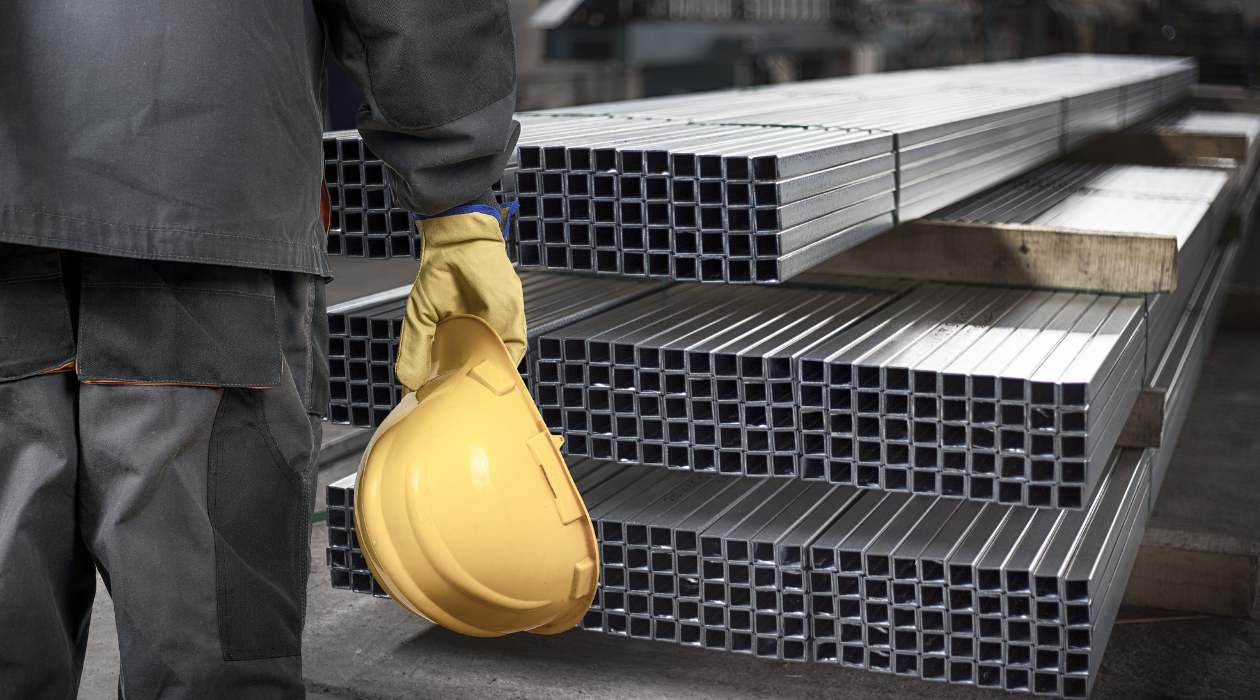
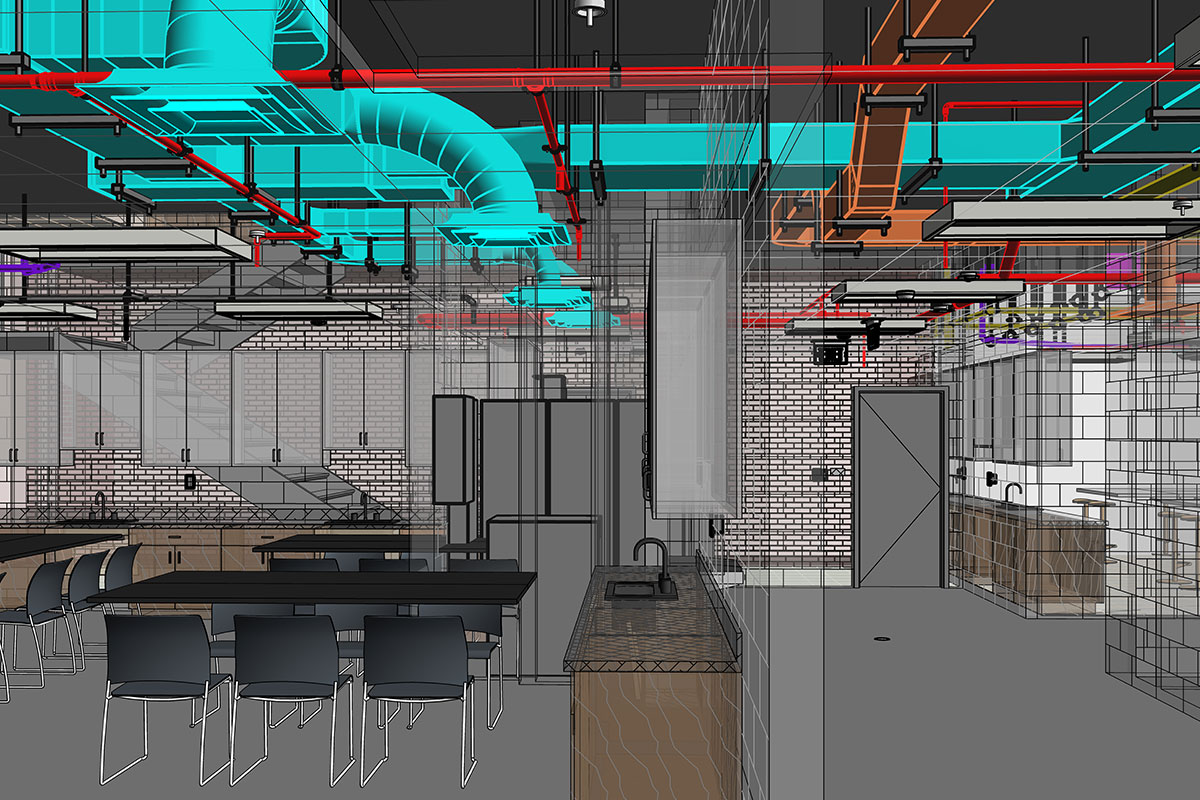

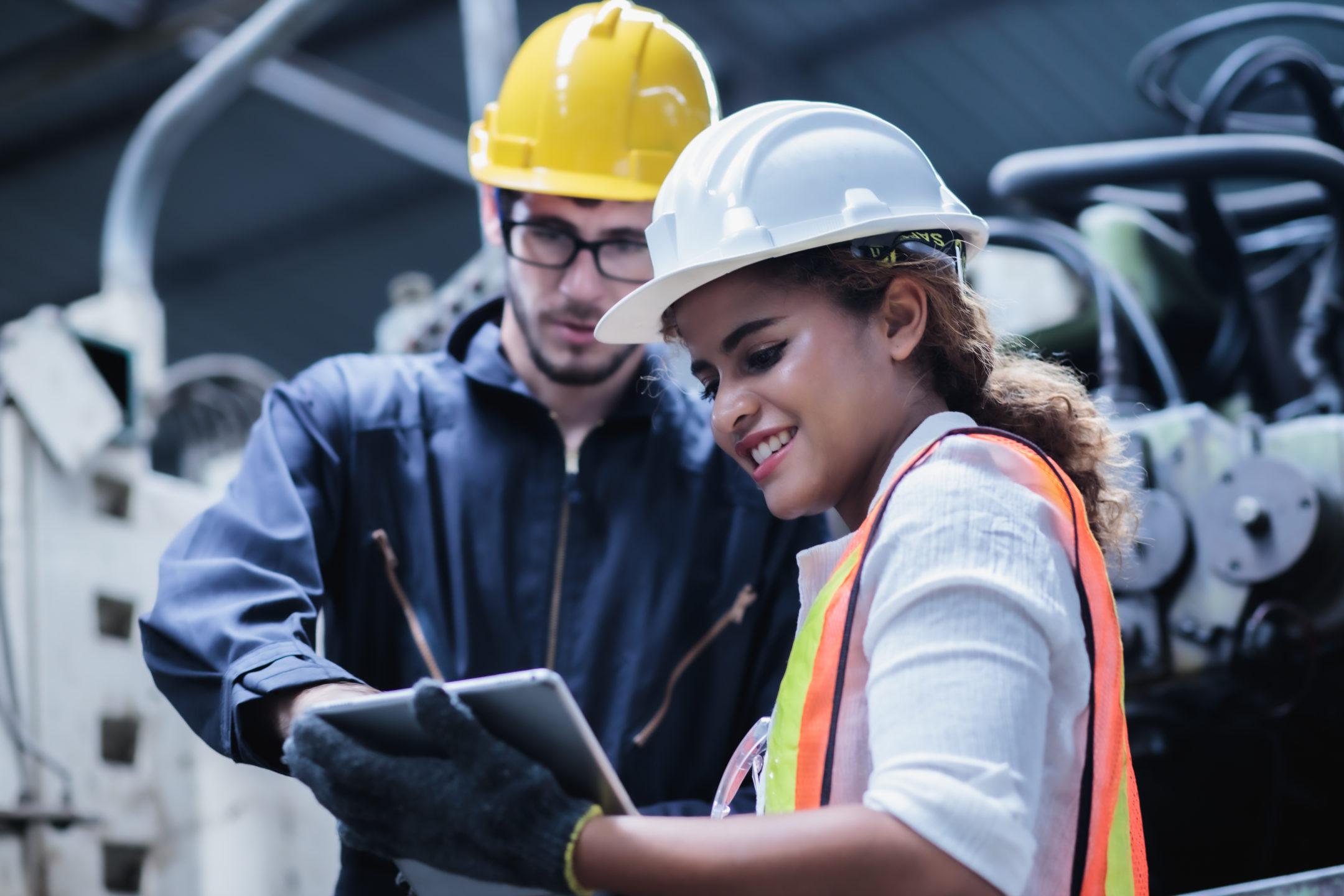

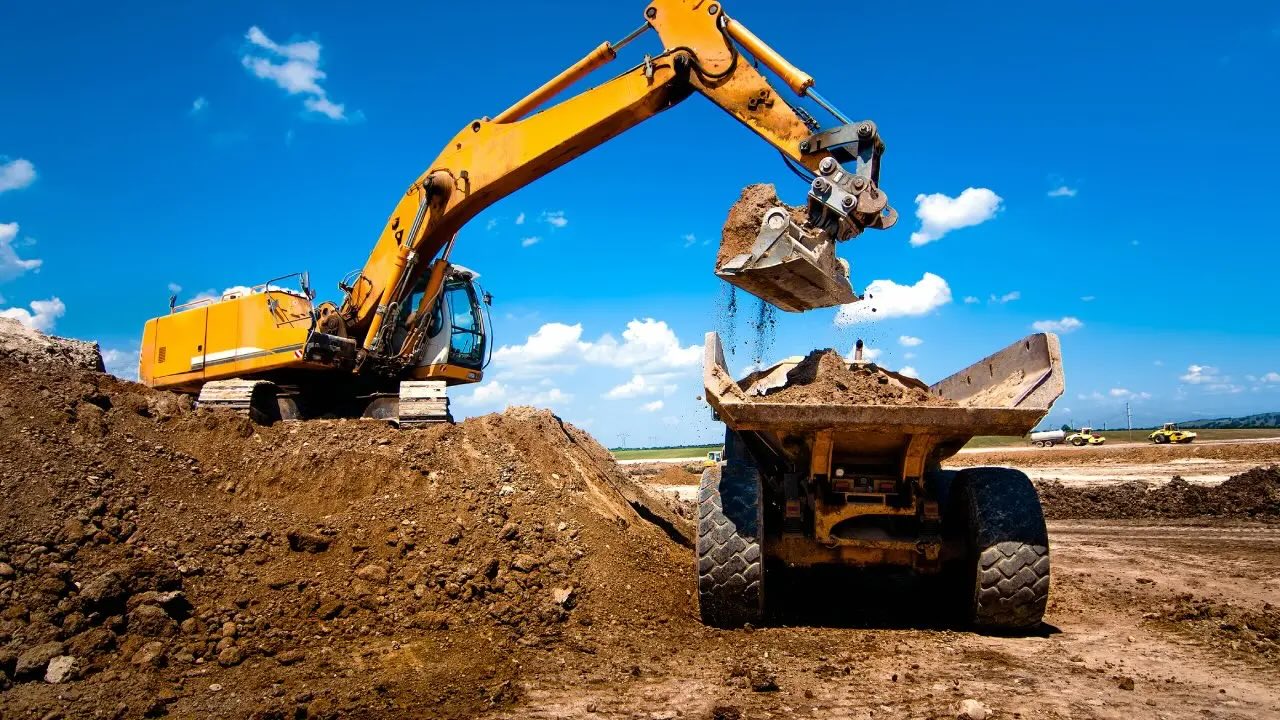
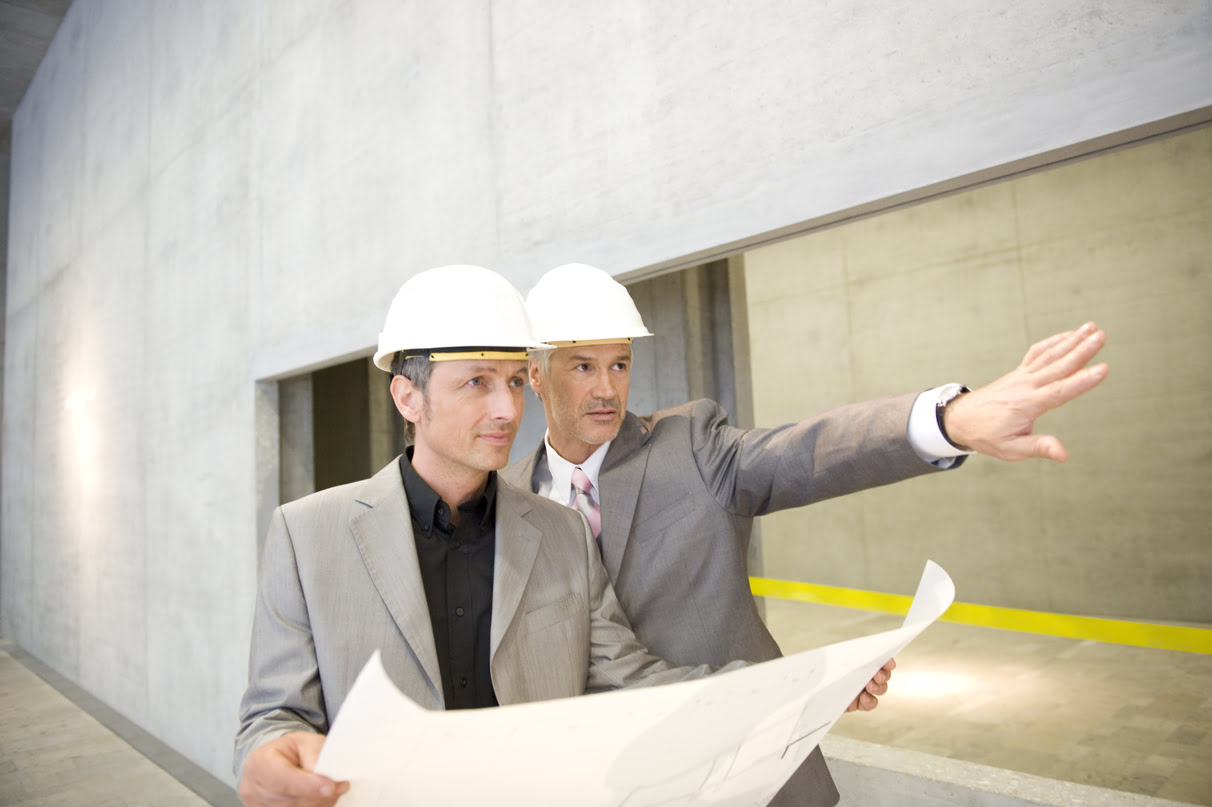

0 thoughts on “What Does SD Stand For In Construction”